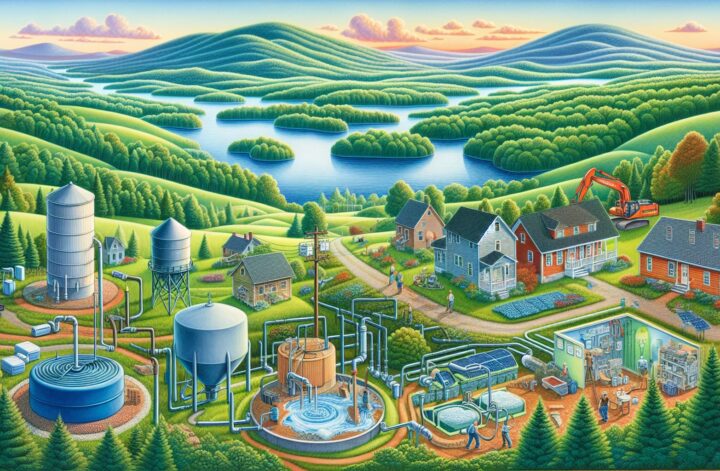Oklahoma, located in the South Central region of the United States, still resonates with its old epithet “The Land of the Red Man.” Its diverse landscapes range from the Great Plains in the west to the fertile lowlands in the east. Among multiple concerns, Oklahoma has been grappling with maintaining and upgrading rural water and wastewater systems, to cater its vast rural population. The state’s rugged terrain and dispersed population impose structural challenges to the development of an effective and efficient water and wastewater system.
According to an Oklahoma Water Resources Board (OWRB) report, the state’s rural water supply system, established in the 1960s and 70s, has started showing signs of wear and tear. Pipelines, water treatment plants, and related infrastructure need serious attention and repair, and in some instances, complete overhauling. Furthermore, many rural areas in Oklahoma rely heavily on private wells as their primary source of water, which can be an issue considering groundwater contamination.
Access to clean and safe drinking water is not only a necessity but a fundamental human right. The state government, with help from federal and state-sponsored programs, has been trying to channel resources towards addressing this issue. For instance, the OWRB’s Financial Assistance Division (FAD), since its inception in 1983, has been instrumental in funding construction of rural water and wastewater infrastructure. Granting over $4.5 billion with low-interest loans, the FAD has benefitted over 300,000 Oklahomans in the rural sector source.
To address wastewater issues, a preference for decentralized systems over large-scale centralized wastewater treatment systems is emerging. The Oklahoma Department of Environmental Quality stresses the importance of effective wastewater treatment and the practice of reusing treated water, urging communities to transition towards more decentralized systems. This approach aids rural communities, reducing the need for expensive large-scale systems and the cost of piping to distant treatment locations source.
Moving forward, initiatives like the “Oklahoma Comprehensive Water Plan” provide a roadmap for the state’s water and wastewater management. In particular, recognizing the increasing consumption and overuse of water, the plan proposes measures such as encouraging water conservation and reuse, applying technology to modernize infrastructure, improving maintenance and management of existing systems and fostering community education and involvement source.
Addressing the rural water and wastewater issue in Oklahoma is an ongoing challenge. It calls not only for substantial financial investment but also for systemic changes in policy, effective local governance and a shift towards more sustainable practices. The resilience shown by Oklahomans in the face of previous adversities assures us that they can successfully undertake this journey towards water sustainability.




